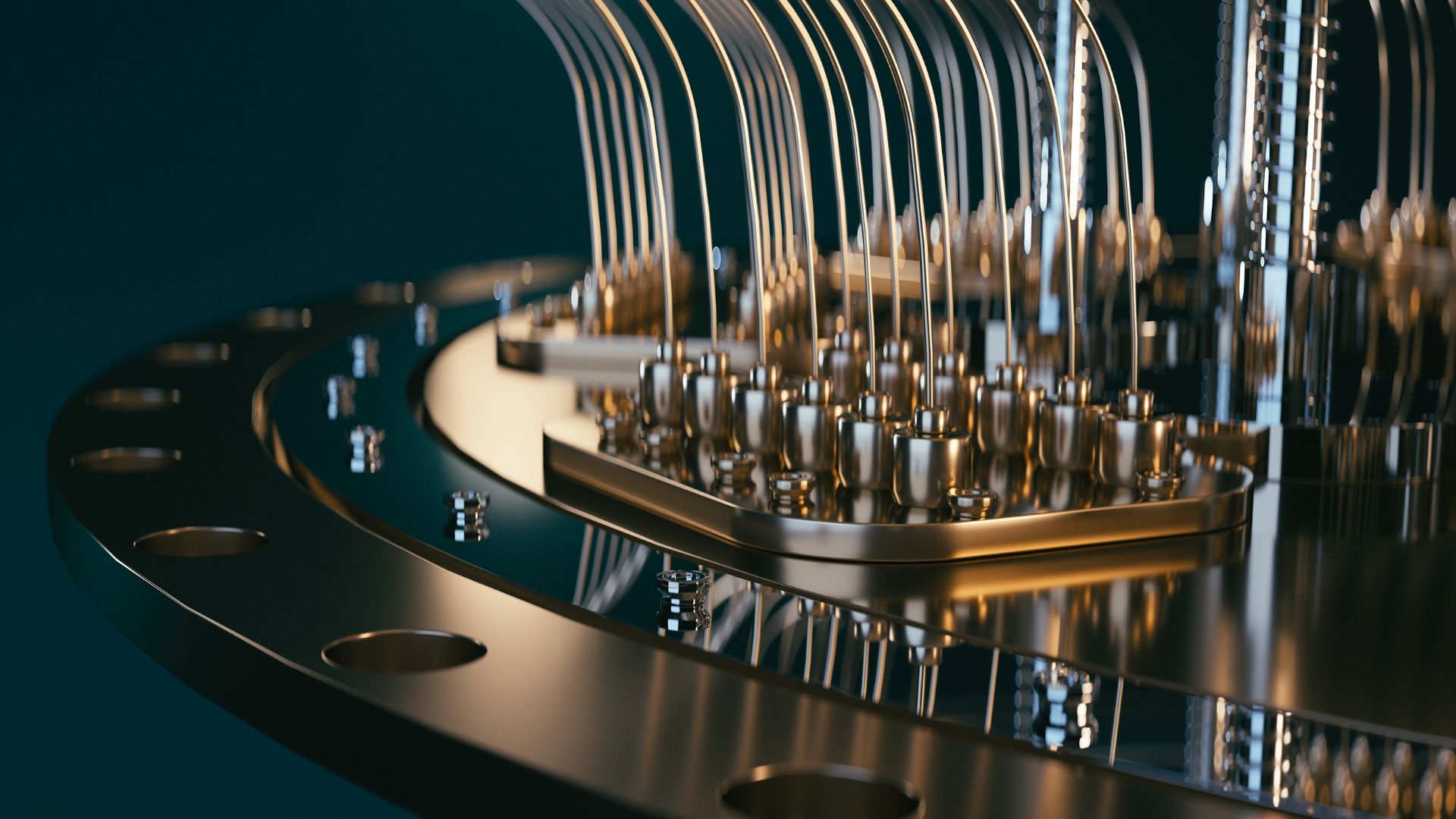A team of researchers from Google and the PSI Center for Scientific Computing has developed a novel quantum simulator that can perform digital and analog quantum computing operations with great precision.
The simulator comprises 69 superconducting qubits and allows scientists to study the quantum processes that even the fastest supercomputers on Earth cannot decode.
“Here we present a quantum simulator that supports both universal quantum gates and high-fidelity analog evolution, with performance beyond the reach of classical simulation in cross-entropy benchmarking experiments,” the researchers note.
While quantum computers are designed to perform a variety of computations, this simulator is specialized for modeling quantum systems. It can replicate physical processes in a controlled environment, making it a more effective tool for studying materials, magnetism, and thermodynamics than standard quantum computers.
Digital vs analog quantum computing
Quantum computing has been divided into two approaches: digital and analog. The former operate by manipulating qubits using quantum gates, similar to how classical computers use logic gates.
It is ideal for solving a wide range of computational problems related to algorithms, machine learning, and cryptography. For example, imagine a huge, complex maze with countless paths and dead ends. A classical computer would explore each path one by one to find the exit, which could take a long time.
A digital quantum computer, on the other hand, can explore multiple paths simultaneously thanks to quantum properties like superposition. Then, by using quantum gates to process the information, it can quickly zero in on the correct path out of the maze, even if the maze is incredibly complex.
An analog quantum computer is even more interesting. Instead of performing step-by-step logical operations like a digital quantum computer, it directly mimics the behavior of a physical system by mapping quantum particles onto qubits. Basically, it can simulate the interaction between molecules and particles in a controlled environment.
For instance, suppose you want to study how electrons move in a complex material like a high-temperature superconductor.
Instead of solving equations using a digital quantum computer, an analog quantum simulator creates an artificial system with qubits that behave similarly to the electrons in the material, allowing researchers to observe quantum interactions in real-time.
Creating a two-in-one system
Both digital and analog quantum computers have their flaws and merits. For instance, analog computers are faster but harder to program, whereas digital ones are relatively slower but are easier to program.
The newly developed quantum simulator combines the best features of both digital and analog systems. “These two approaches – digital and analog – have now been successfully combined for the first time in an experiment that brings together the strengths of both worlds,” the study authors note.
It is capable of performing complex computations while replicating the interaction of particles. For instance, to validate their approach, the researchers used the quantum simulator to study the process of thermalization—how a system reaches thermal equilibrium over time.
They explained their experiment using the coffee-cup analogy. According to the researchers, no classical computer can explain the quantum interactions that make cold milk disperse when it is dripped into hot coffee.
However, using their quantum simulator, instead of randomly pouring milk, the researchers can first release drops of milk at exactly 100 specific locations in the cup at the same time. This level of control is like the digital aspect of the quantum simulator—it allows scientists to set up the initial conditions in a structured and flexible way.
Once the milk is in the coffee, it doesn’t stay in those 100 exact spots—it spreads out naturally, forming patterns as it mixes with the coffee. This spreading happens due to the liquid’s natural flow and the heat in the coffee. This part is like the analog mode in the quantum simulator—it lets the qubits interact naturally to simulate real-world quantum behavior.
Quantum simulator can open many doors
The coffee-cup analogy is just a tiny example of what the digital-analog quantum simulator can do. It has broad scientific and technological implications.
In condensed matter physics, for instance, it could help researchers study exotic magnetic states, such as frustrated magnetism, which is crucial for developing new computing technologies based on electron spin rather than charge.
The simulator may also contribute to material science by helping to design high-temperature superconductors, which could revolutionize energy transmission. Moreover, it could lead to the development of better and safer drugs by modeling complex molecular interactions more accurately than classical computers.
However, the study authors need to scale up the simulator and make it much more powerful to realize all the above-mentioned capabilities.
The study is published in the journal Nature.

